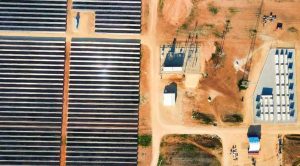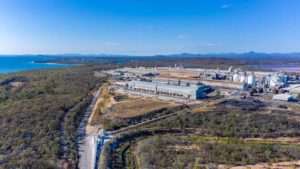One of the big themes of the Australian Summer Study on Energy Efficiency and Decentralised Energy in Sydney this week has – of course – been the massive potential of energy efficiency measures to address the two greatest challenges facing the world – taking action on climate change and addressing soaring energy costs.
Proponents of energy efficiency say its suite of measures, which include more efficient buildings, cars, lightbulbs and appliances, decentralised energy sources, electric vehicles and smart meters – can provide one half of the solution to addressing climate change – because it can reduce the amount of energy the world needs by the same amount.
Even more critically, the International Energy Agency, said in its World Energy Outlook late last year that introducing energy efficiency measures could buy the world more time to get its act together on climate change policies. It estimates that the global carbon budget (that allowed to give an even chance of limiting global warming to 2C) could be exhausted by 2017, but energy efficiency could keep the door open for another five years.
The other argument for energy efficiency is the enormous savings on energy use that can be delivered. According to Kateri Callahan, the president of the US Alliance to Save Energy, building an “energy efficient power plant” could save that country $327 billion by 2030. That translates into $13 billion in annual savings in energy costs for the US government. It also translates into energy savings of $241 billion for US households, or $1,039 per household –the equivalent of US household credit card debt.
Robert Tromop, a New Zealander who heads the energy efficiency unit at the IEA in Paris, says energy efficiency requires an upfront payment – equivalent to around half a trillion dollars a year. If that sounds a lot, it just happens to be in the same ball-park as the IEA’s estimate of annual subsidies paid to the global fossil fuel industry.
Over a 22 year period to 2035, that amounts to around $12 trillion in investment in energy efficiency measures, but that will also be offset by fuel cost savings, and would deliver an extra $18 trillion in increased output by 2035. “We don’t have a financing problem,” Tromop says. “We just need longer term thinking.”
Tromop, however, argues that energy efficiency should be regarded as more than just a measure to limit greenhouse gas emissions or saving kilowatt hours. He says it should also be seen as a measure than can improve public health, social well being and industrial productivity and competitiveness.
The IEA has identified a total of 15 different benefits, including increased valuations (buildings), and benefits for government budgets and consumers. “We need to break out of technical paradigm,” he says.
So what does an energy efficient world look like in 2035? Tromop says it won’t look a heck of a lot different from what it does now, because the knowledge to implement these technologies is already there. It would include insulation for housing, double glazing, better and more efficient appliances and transport, and other smart technologies.
“We need to better understand the benefits of this. These buildings will be better, warmer and drier to live in. Primary health care might shift to the buildings that people living in, the dust factor in factories where people work, where business decision makers can deal with energy as a critical resource like labour. The health benefits alone could pay for the investment.”










